There are a lot of useful tools out there for a gamemaster (GM) that aren’t necessarily well known. My hope for folks reading this is to convey some of those options, in order to potentially save GMs from years of trial and error. Of course, every GM and player is going to have a different list of resources based on the type of game they play, their style, and system(s) they use, among other things, but hopefully you’ll learn something new from a few of these tips.
Physical Reminders of in-Game Effects (Especially Temporary Ones)
When I’m a player, I forget pretty much any temporary — and several primary — effects happening to my character or that they have access to. These include things like “My hurdy-gurdy has a flamethrower if I play F-sharp,” and “I have a penalty to concentration because I threw up into my shoes and I can’t stop thinking about how gross it feels.”
There are companies that make fancy cards with status effects and things on them, and if you have those, players with those effects can hold onto them. However, they can clutter your setup by being yet one more thing to keep track of. Likewise, keeping notes on a notepad of a growing list of effects from weapons, enemies, and allies makes my eyes glaze over.
A method that works for me is using physical reminders of in-game effects on my character sheet. There’s often a section of the sheet I don’t need, so I can write on that part of the sheet and use paper clips to remind me of important things.
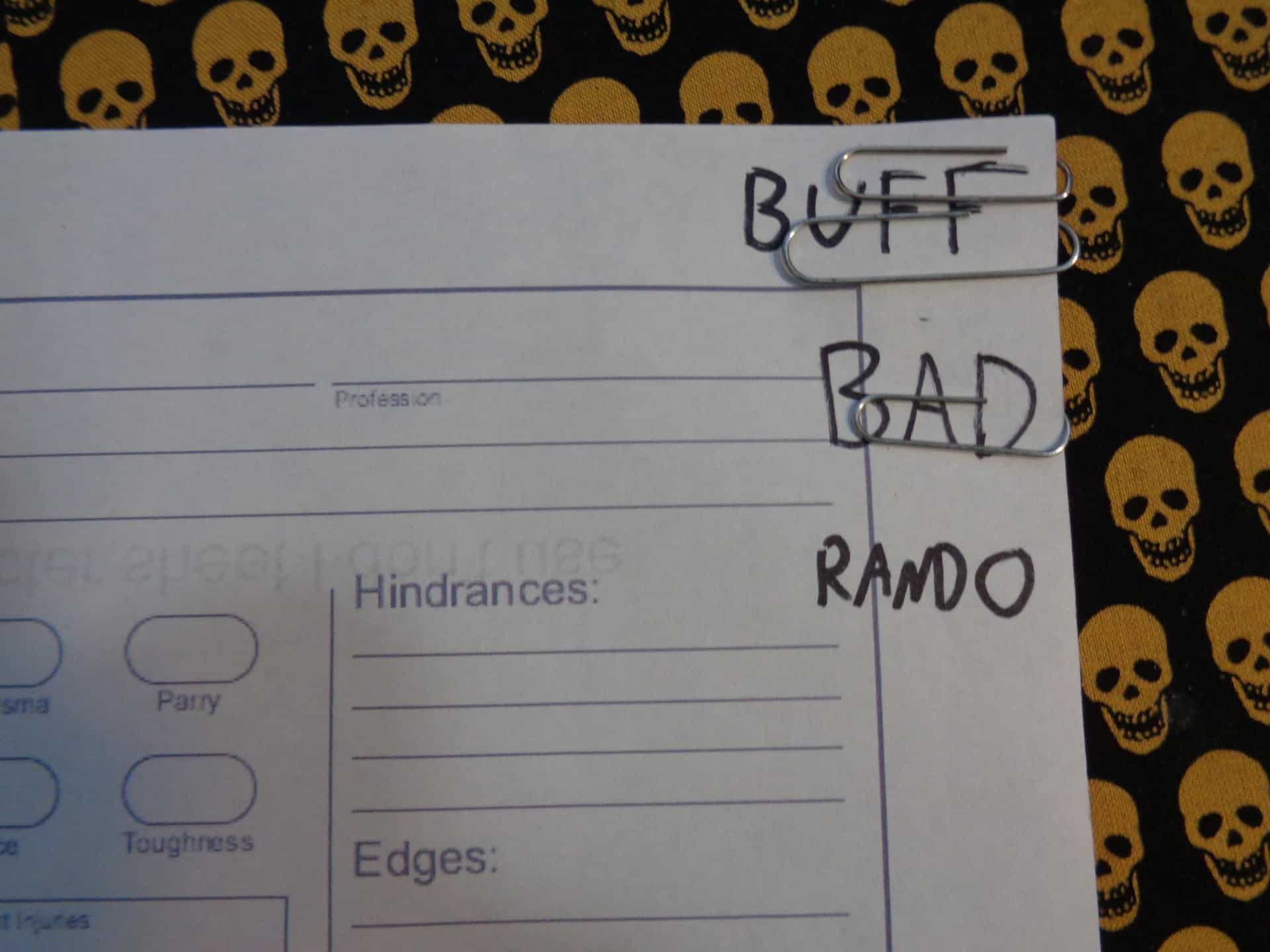
You can make this as detailed as you want, but all I really need is a reminder. If I have a clip on “status effect,” I’ll probably remember the source given the situation I’m in.
When designing Lexicon, I made a section on the character sheet specifically for temporary qualities affecting the character. This makes it easy to keep track of a range of temporary changes that affect your character, like a buff granted by a party member, limited visibility from being in the dark, or specific penalties like being nauseous or hexed.
If your character sheet doesn’t have that kind of space built in, pick a spot that you don’t usually fill out and designate that as your “status effect” spot. You can also color-code your paperclips. For example, a red clip on a status effect means negative and blue means positive.
Take Notes and Learn How YOU Best Read Notes
Folks at the table are going to say something stupid or incredible, and you as a GM are going to think, “That’s a great idea!” Or you’re going to have a great idea, and you won’t want to forget it. So have something at the ready to jot it down. Physical notepad, laptop, doc on your phone, whatever. Just have something you regularly use.
Learn to take notes in a way that best suits you. I lose track of what I’m reading in the moment if it’s more than a few words long. So my notes when I’m GMing look like a poorly designed AI attempting to write poetry.
My notes will look something like “Walken chicken soup left” or “Second. Noise. Tap chair.” Those kinds of keywords are far more useful to me than an explanation like, “Reminder: The NPC Gandrol sounds like Christopher Walken if he was eating soup that was too hot. Keep the right side of my mouth shut while speaking to change up the impression and make it less like Walken. Also body language like that really white chicken we had.”
Utilize a Rolldown/Spindown Die
If you look at a d20 (a 20-sided die), the numbers are not in numerical order, so it isn’t ideal for keeping track of a frequently changing number like arrow count. If you have the die on 15 and want to change it to 9, you have to find where 9 is. A spindown die is a d20 with numbers in numerical order, so you can easily turn it to the new number. It’s less tedious than writing and erasing numbers on a character sheet too.
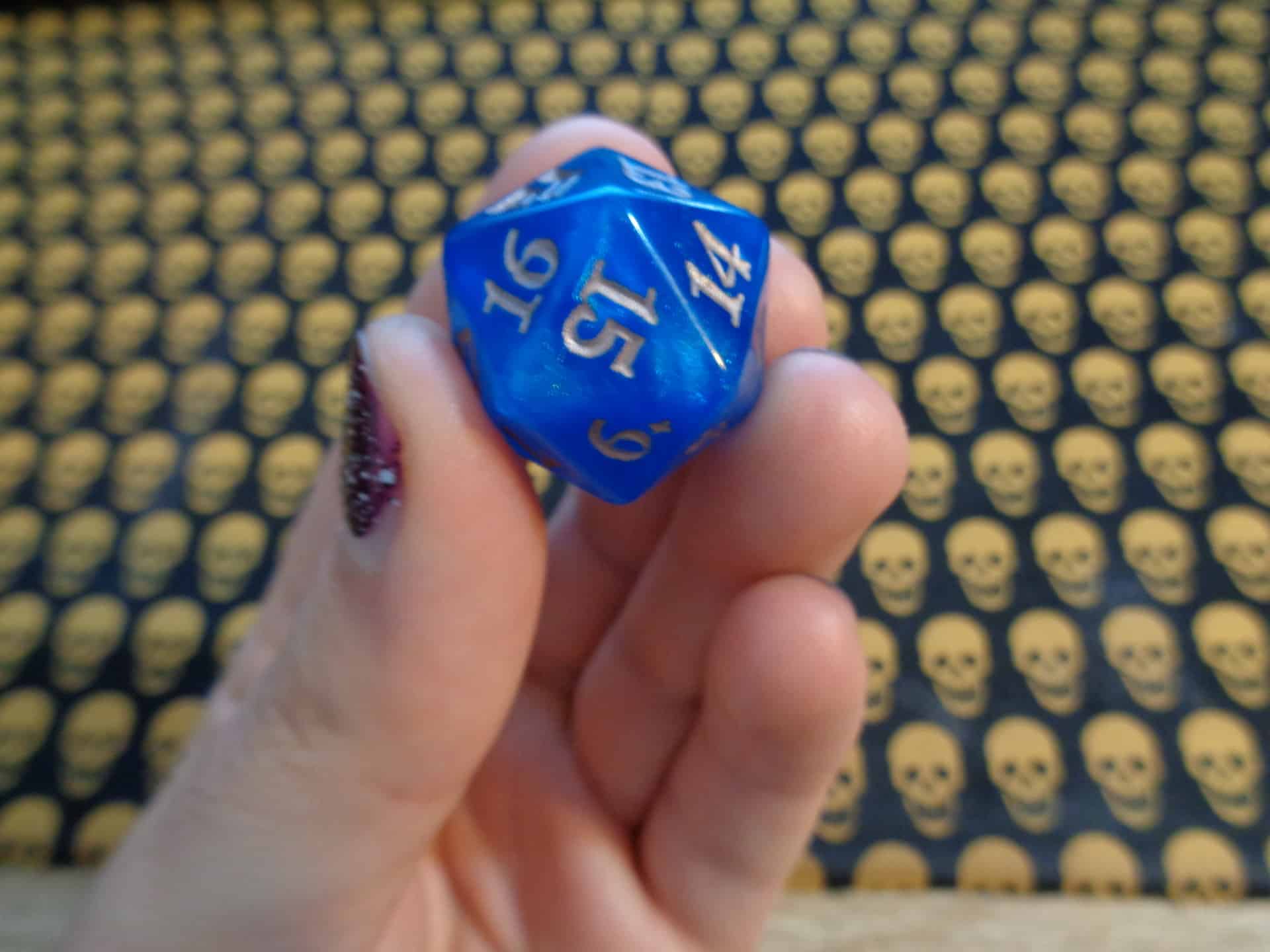
Spindown dice also work well for other regularly changing things measured in numerical values. If your character flies, use a spindown die to keep track of how high off the ground they are.
You’re Using Communication/Safety Tools on Purpose, You’re Using Communication/Safety Tools and You Haven’t Realized It Yet, or You’re Doing it Wrong
Safety communication tools ultimately make games better. There are myriad ways to create channels of proper communication and incorporate measures to stop communication problems before they occur. It’s a deep topic, but here are explanations for a couple top-level considerations:
Establish the General Rating for the Game
Examples:
- R for violence, language, and scary images
- PG-13 for sexual situations and drug use
- G acting like my kids are in the fucking room
The higher the rating, the more graphic situations players can expect. Something PG-13 for violence isn’t going to be as blood-soaked as R for violence, so players and GMs have a reference point to hold themselves and each other accountable.
(Did you know Lord of the Rings: the Fellow Ship of the Ring is PG-13 for “epic battle sequences and some scary images”? That’s the most hilarious rating of all time.)
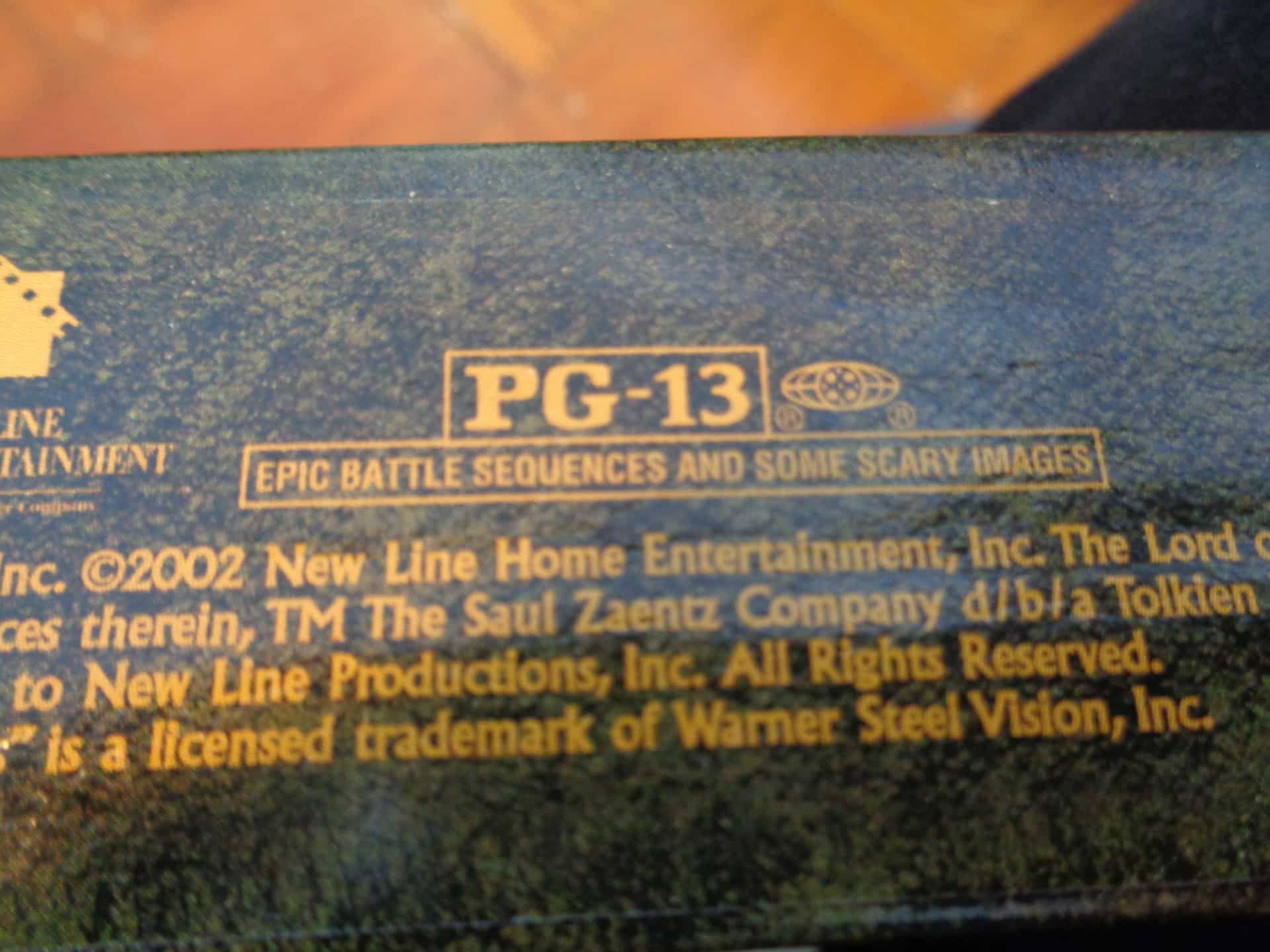
Address Topics You’re Good and Not Good With
Examples:
- This isn’t going to get any more violent than The Muppets.
- Expect the sexual tension of a saucy romance novel.
- The world is dangerous. Anything could happen.
- If you torture someone or advocate for torture, you’re not coming back to the table.
I don’t want to role-play torture or have players who are ready to use it as a viable option. I am totally down with graphic violence and existential horror that rends both mind and body into unrecognizable viscera (not for every game, but some). Other folks at the table deserve to know what topics are on and off the table and what they can expect.
This is pretty basic and essential communication to convey. You should establish rating and suitable topics long before you meet, ideally when you’re establishing the time, genre, theme, system, and who will be able to play.
There are way more helpful GM communication tools though. For a concise selection of possible tools, check out TTRPG Safety Toolkit by Kienna Shaw and Lauren Bryant-Monk. There are many useful tools beyond that as well. Many folks even develop their own over the course of playing to best serve their group. So if you use any, comment and tell us about them. I’m always up for utilizing methods of better communication and increasing fun.
Have a “Make Up Your Mind” Die on Standby
Sometimes players come up with a plan so bizarre or unfamiliar that you’re not sure how to approach it, like trying to make a bomb out of household cleaners. For such cases, have a die ready with a general scale you’ve made for yourself in advance, and roll to decide quickly what happens.
Personally, I like to have a d100 on hand for these situations. I have my personal opinion of an idea and its feasibility, and I have ascribed a numeric range to that, against which I roll the die. If the number rolled lands in that range, the plan succeeds. This is basically my personal scale:
- I don’t think they will succeed, but their idea is amusing enough that it could work if a few unexpected things aid them: 1-5
- There is a small chance they could succeed: 1-15
- I don’t think they will succeed, but their idea is amusing enough that it could work if one unexpected thing aids them: 1-25
- There’s a moderate chance they could succeed: 1-40
- There’s a decent chance they could succeed: 1-50
- They have a clever plan but something is complicating it: 1-60
- They have a well-developed plan but something is complicating it: 1-70
- They have a good idea that deserves rewarding, but success isn’t guaranteed: 1-80
- Their success would actually help me out, but I don’t want them to know that, so I’m going to roll a die and pretend the result mattered: 1-100
I like to incorporate the number rolled into the narrative. If the players need a 15 or lower to succeed and I roll a 16, then their plan almost worked and could work with a small tweak. If I rolled a 75, it’s clear too many things are making that plan impossible at the moment.
You can adapt this framework for basically any other scenario that involves uncertainty as well: Is there another trap in the room? Does this shopkeeper have the full amount of pixie dust the players need? Your scale will definitely be unique to you, but I highly recommend having it on standby when you’re stumped and don’t want to slow the game down by thinking about the situation for too long.
Characters Who Care About Each Other Are More Likely to Care About Each Other
As both a player and a GM, I’ve found it infinitely easier to avoid awkward silences, increase role-playing, and have more fun with folks at the table if everyone has either a connection to each other or a clear reason for characters to interact.
For example: If two players are members of royal families who’ve run away and are posing as normal people, they’re never going to disclose that information and won’t have a connection to each other. If two players are members of royal families who’ve run away and are posing as normal people and they recognize each other from a royal ball they both attended, they have a reason to care about each other. That reason might be to blackmail the other or, alternatively, to have someone to confide in that will actually understand their situation.
Player connections can also be less outlandish, such as being obsessed with the same hobby or being childhood rivals who want to move past their antagonistic relationship but can’t always shake it.
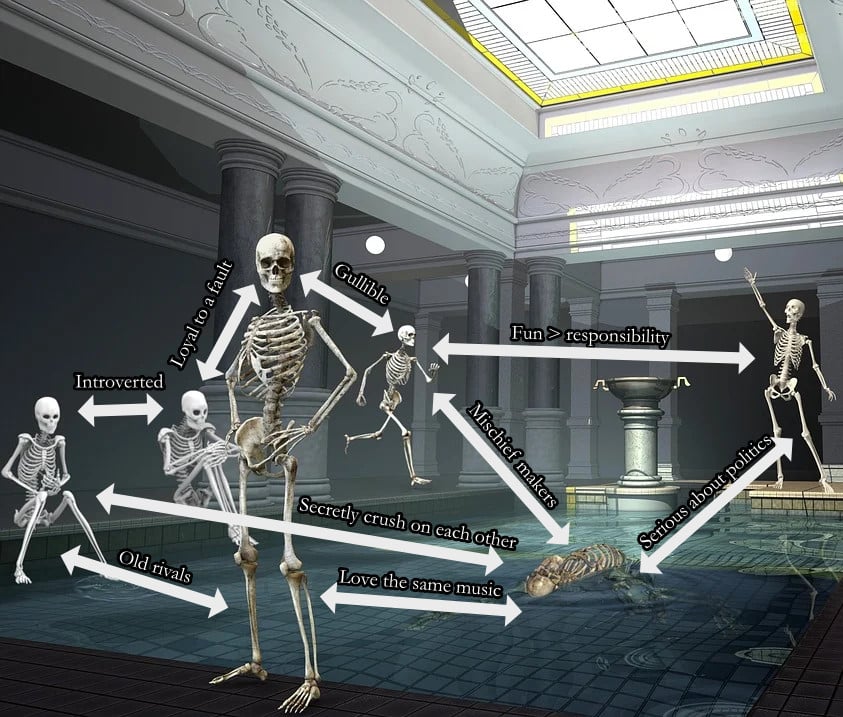
Games like Numenera, FATE, and Monster of the Week ship with having connections to other characters as part of character creation, but you don’t have to (and probably shouldn’t) do anything that structured. It’s better to work collaboratively with the players to see whether their bonds are on the large scale (i.e., runaway royals) or somewhere in the small details. (“You mean I’m not the only person who likes to use Minor Illusion to mess with drunk nobles?!”) And if finding that commonality is too hard, fall back on the ones listed in the game.
Having a connection to each other or the world is far easier when the GM makes the world clear and allows the players to establish their characters in it. This is greatly helped by using things like Session Zero (or my Interactive Backstory Session) because it’s a deep subject that’s easily its own article.
These are some of the key GM tools I use, but I want to expand my toolbox. Share the tools and whatnots you use in the comments. (I do read the comments.) We can all learn and improve from each other.


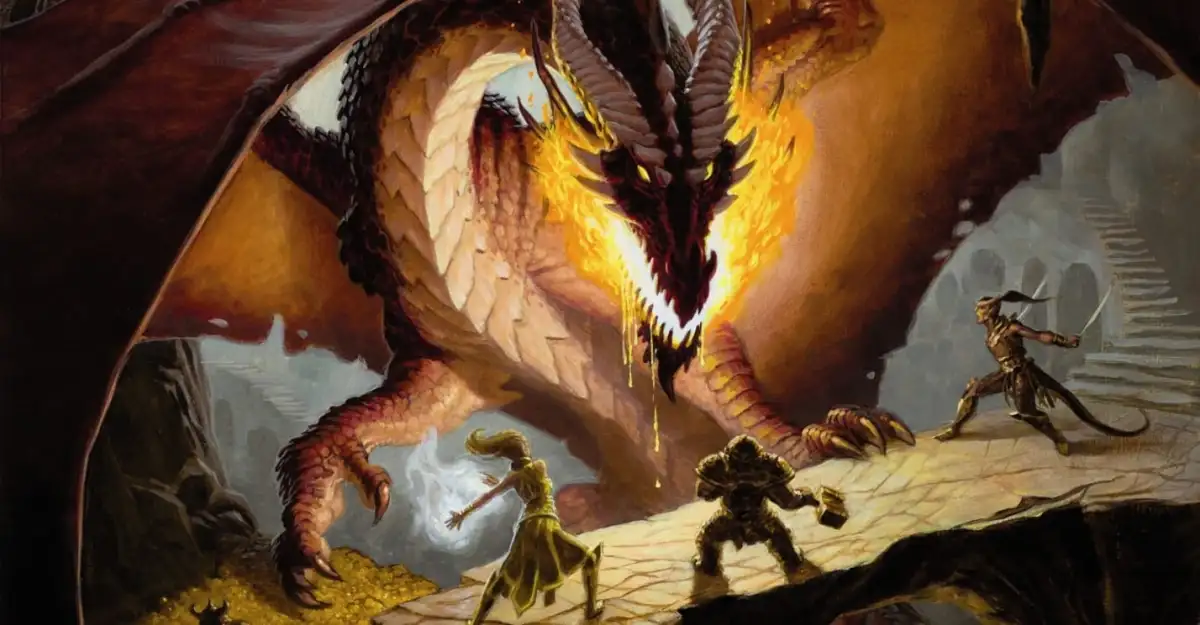

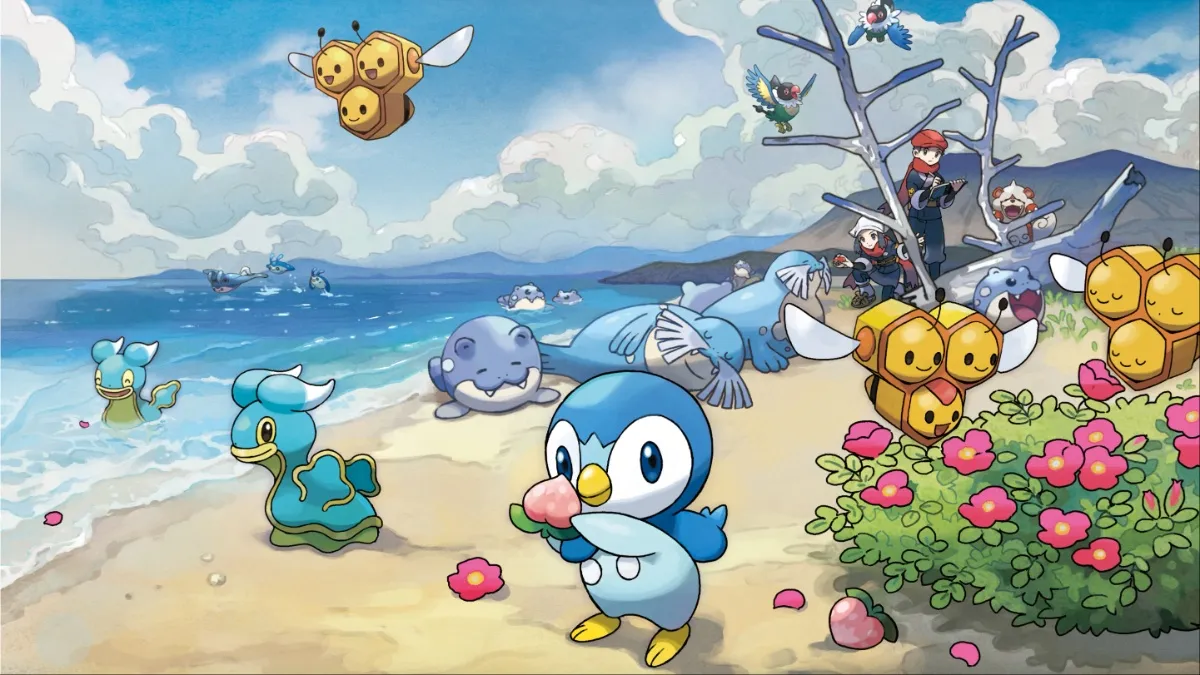


Published: Feb 3, 2021 02:30 pm